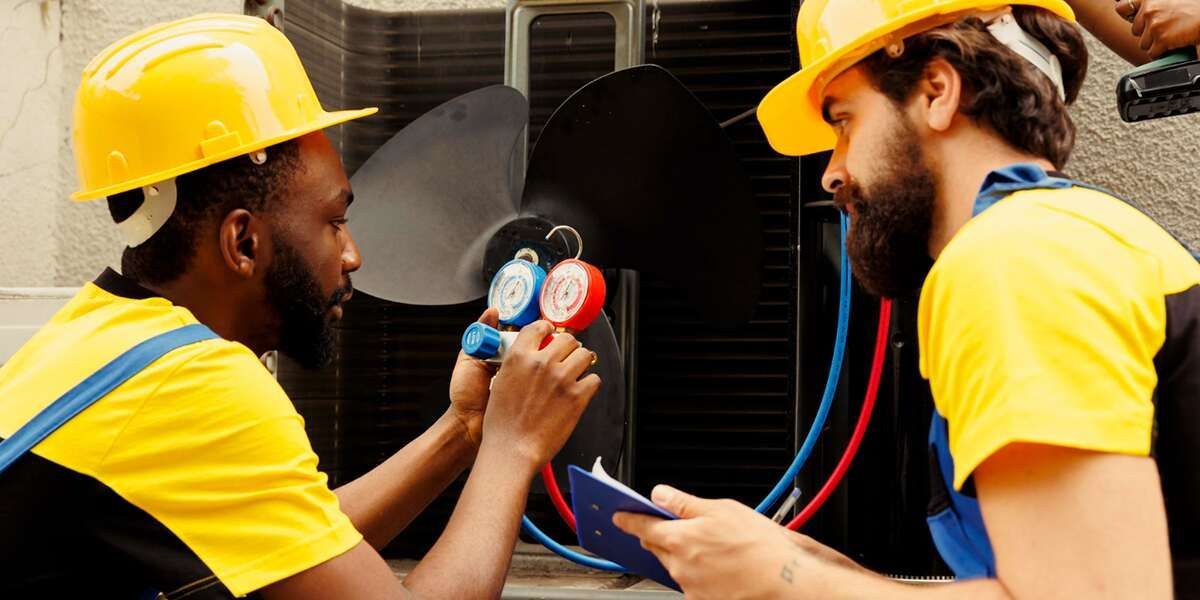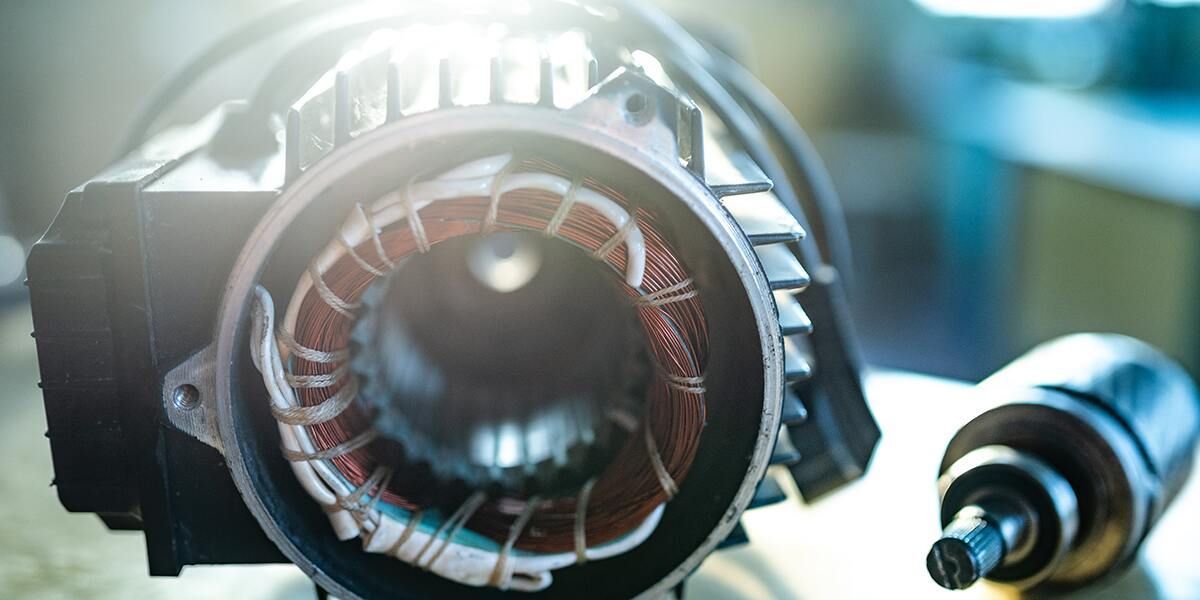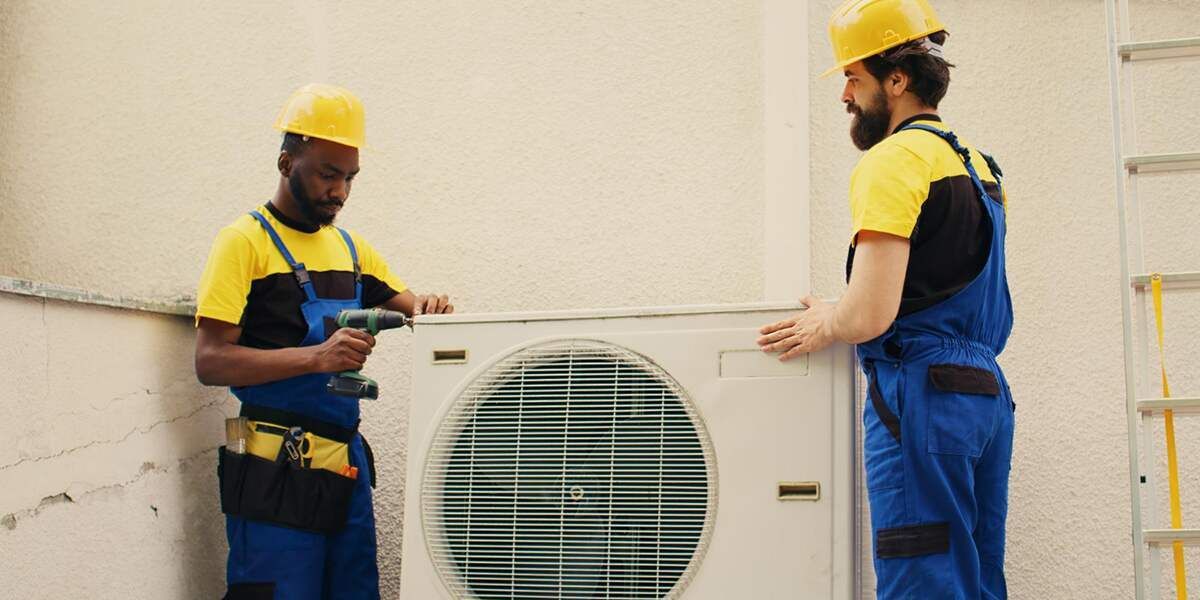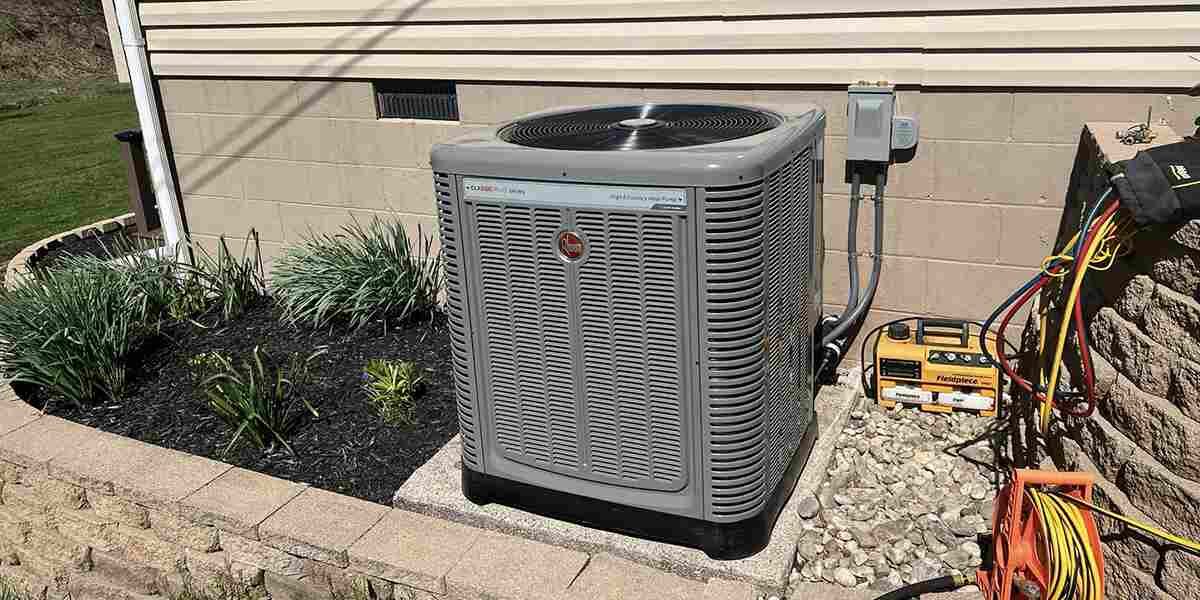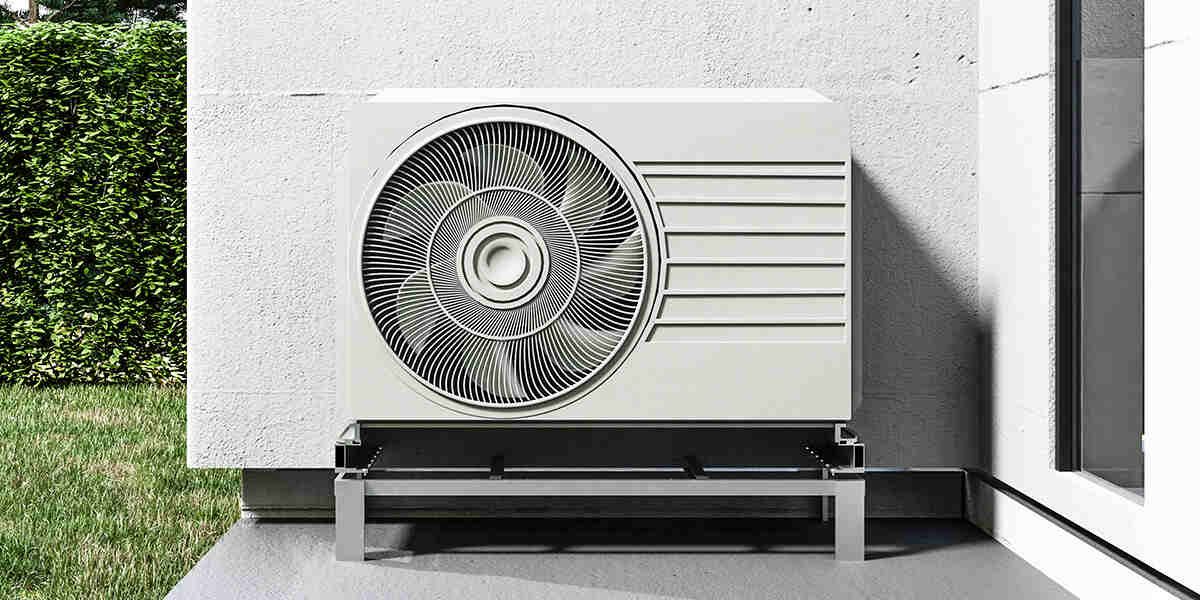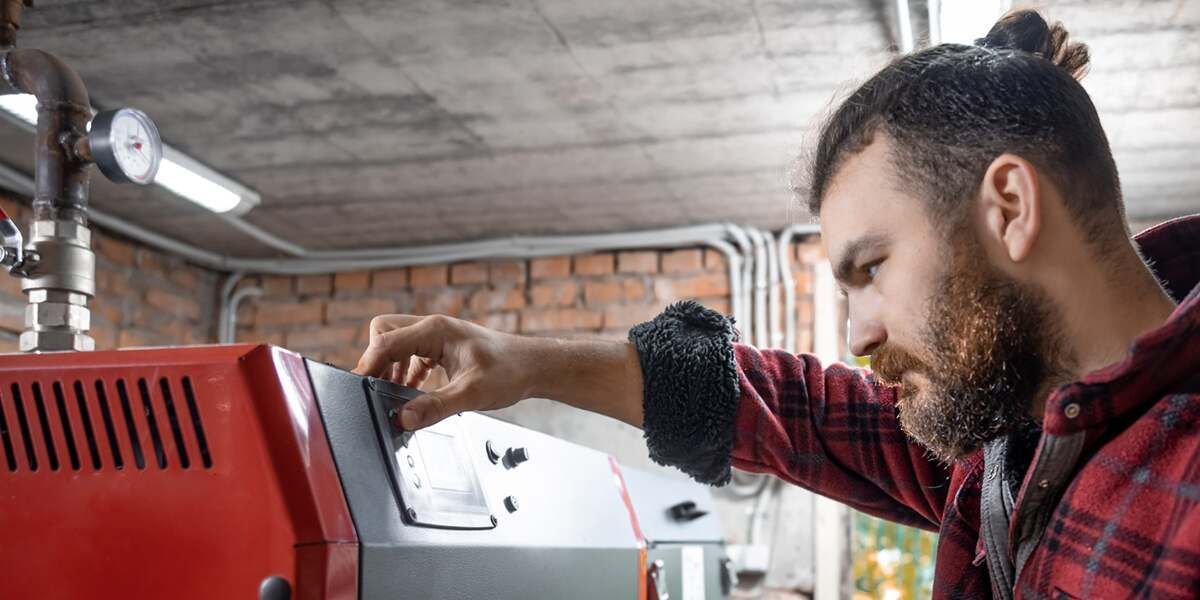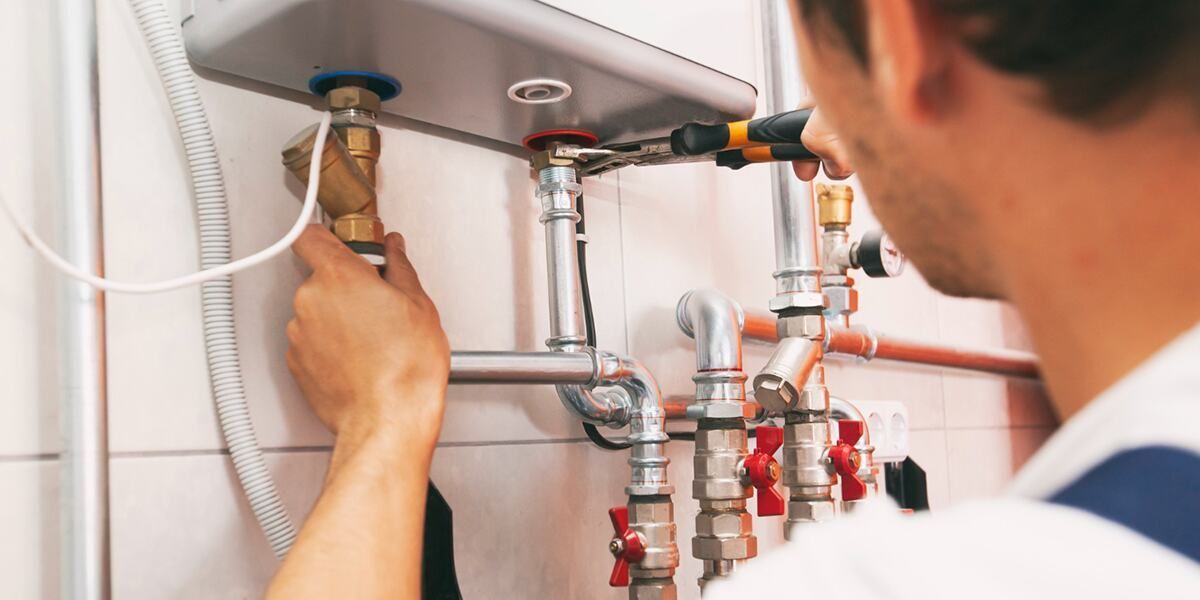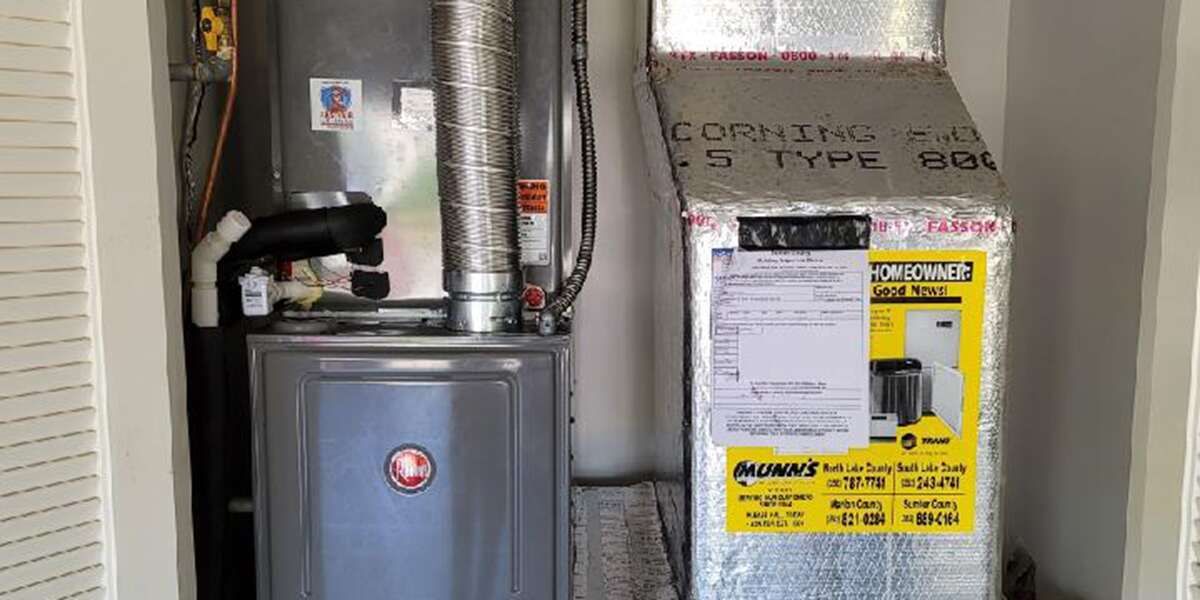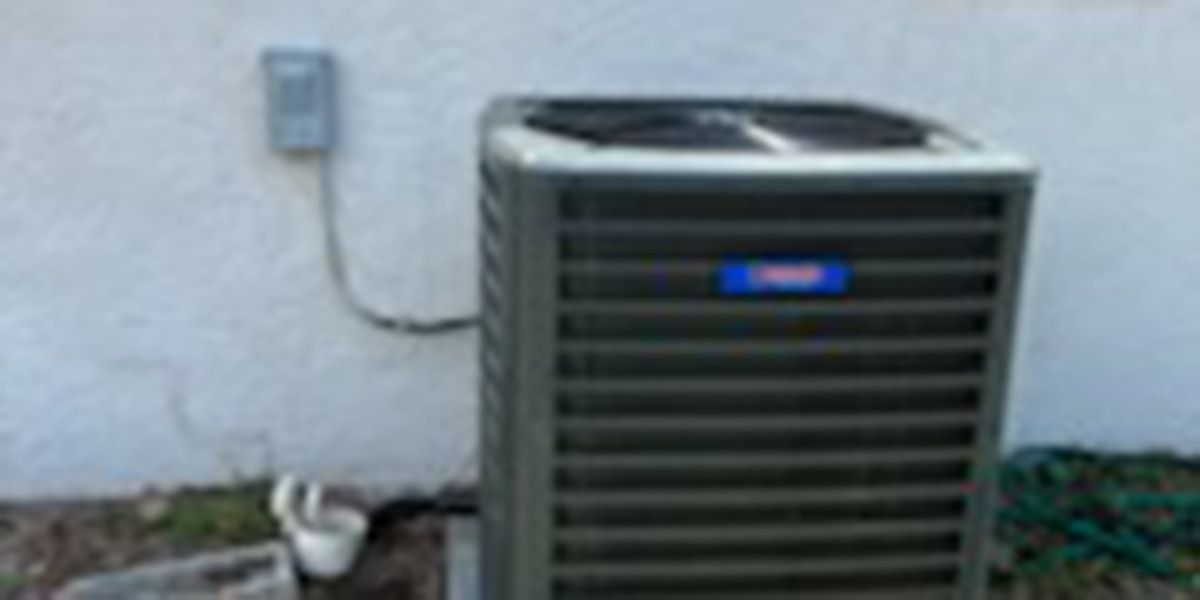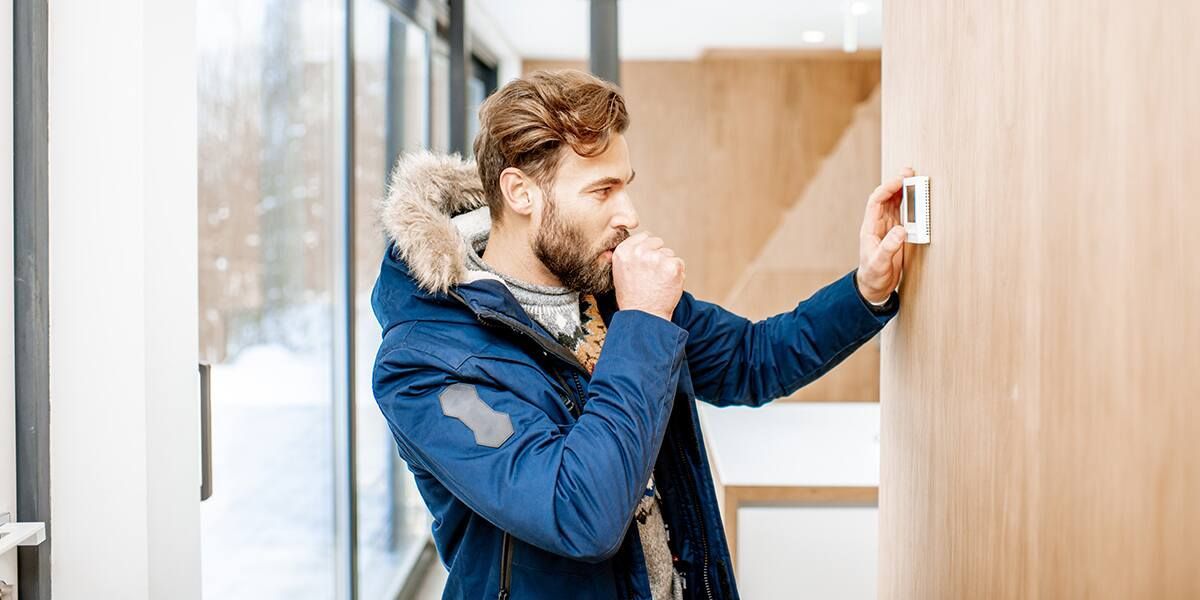EMERGENCY SERVICE AVAILABLE
How Far Should a Carbon Monoxide Detector Be From Your Furnace in Ocala, FL
Trust Fast Air Repair for red-carpet HVAC services and solutions. Call 352-290-7968 to get a free quote for emergency service or for special requests/questions.
A carbon monoxide detector improves your home’s safety and indoor air quality, giving you much-needed peace of mind when running gas-burning appliances like a furnace or water heater.
As the most likely culprit of a carbon monoxide leak in your home, you want to install the detector near your furnace. But how far should a carbon monoxide detector be from your furnace?
As Ocala’s premier furnace service, the Fast Air Repair crew explores the specific placement of CO detectors in relation to the furnace.
Carbon Monoxide in Your Home: Why Is It Dangerous?
Carbon monoxide is a colorless, odorless gas with dire consequences if levels build up in your home. As a byproduct of appliances that burn natural gas, potential sources of CO in your home include furnaces, dryers, vehicle exhaust fumes, and fireplaces.
Any of these devices can provide CO, but they won’t cause health complications, provided there’s plenty of ventilation. However, breathing in air with high levels of CO can hinder your red blood cells from transporting oxygen to vital organs such as the brain.
Stay alert for the following symptoms of potential CO poisoning:
- Headache
- Nausea and vomiting
- Fatigue
- Confusion
- Loss of consciousness
- Dizziness
- Loss of muscle control
- Weakness
- Shortness of breath
Extended exposure to CO can cause irreversible brain damage or death. That’s where CO detectors come in. They alert you to the presence of excess CO in the air so you can take action to protect yourself and your family.
How Do Carbon Monoxide Detectors Work?
CO detectors work by monitoring the levels of CO gas in the air and sound an alarm once they detect dangerous levels. The working mechanism of a detector depends on its type. Common types of CO detectors include:
- Biomimetic sensor: Contains a gel that changes color and triggers an alarm in response to high Co levels
- Electrochemical sensor: Detect CO levels using electrodes in a chemical solution
Thanks to technological advancements, you can also invest in a smart carbon monoxide detector or self-testing CO detector that checks itself automatically and sounds a warning if it malfunctions.
Smart CO detectors can communicate with other smart systems in your home. For example, your smart CO detector might power on your HVAC system fan to clear the air of toxic gas in the air.
These devices are either hard-wired into your home’s electrical system or rely on batteries for power. However, some CO detectors come with dual power options.
Proper Placement of Carbon Monoxide Detectors
When it comes to ensuring the safety of you and your family, proper CO detector placement matters. For example, having a detector close to the furnace can help you detect and address potential issues quickly. So, how far should a carbon monoxide detector be from your furnace?
Experts recommend installing the device between 10 and 15 feet of your furnace. Review the manufacturer’s instructions for additional information about where to place your CO detector.
However, avoid installing the sensor near a vent, duct, fan, in a drafty spot, or in dead spaces as that could compromise its accuracy. Ensure that no furniture or drapery blocks the detector, as it could hinder the device’s ability to detect CO in the air.
Proper placement also ensures the device works properly and helps to prevent false alarms.
Additional Placement Guidelines
Besides near the furnace, you need detectors in other areas of your home, including:
Outside Every Bedroom or Sleeping Area
Install a CO detector within 15 feet of the door in all sleeping areas. A single detector would suffice for several rooms less than 30 feet apart.
Near Interior Garage Doors
If you have an attached garage, you must have a detector within ten feet of the interior door.
Every Level of Your Home
Multi-story homes need a detector on every level because CO may build up on one level rather than rise to the top like smoke.
Carbon Monoxide Detector Installation and Maintenance
Keeping your home safe requires you to do more than merely invest in CO detectors. You also need to ensure proper installation and regular maintenance to guarantee their effectiveness in protecting you and your family from CO poisoning.
Remember, an ineffective or malfunctioning CO detector could fail to alert you to dangerous CO levels in your home, putting you and your family at risk.
How to Prevent a Carbon Monoxide Buildup in Your Home
While knowing the answer to “How far should a carbon monoxide detector be from your furnace?” helps, why not take proactive measures to prevent carbon monoxide accumulation? Routine maintenance coupled with a few preemptive steps can help avoid a disaster.
Invest in CO Detector Maintenance
CO detectors need regular maintenance to keep the detector functioning optimally. Test them for proper functionality at least twice a year and change the batteries as necessary. You also ought to keep detectors clean of dust and other debris that could interfere with their functionality.
Schedule Regular Furnace Inspections
Hiring an HVAC professional for an annual maintenance inspection of your furnace will keep it working optimally without any major issues.
Scheduled inspections often include a comprehensive check to ensure all components work as they should and pinpoint minor issues before they escalate further.
Avoid Blocking Gas-powered Appliances
Fuel-burning appliances need sufficient clearance around them for proper air circulation and ventilation. Don’t block vents or store items on any fuel-powered appliance, including space heaters, furnaces, and wood stoves. You also want to keep the chimney clean and free of obstructions.
Don’t “Warm Up” Your Vehicle in the Garage
If you have an attached garage, running your vehicle for unusually longer than it takes to pull out of the garage raises the risk of carbon monoxide accumulation in your house. Even with the garage door open, some carbon monoxide may still find its way into your house.
Moreover, you should never start a combustion-engine vehicle in a closed garage.
Steps to Take When Your CO Detector Alarm Goes Off
First, spare some time to familiarize yourself with your CO detector’s features and various alerts. You should know which sound the device makes when it detects CO accumulation in your home so that you can respond appropriately.
If the detector sounds an alarm, evacuate your home immediately and call 911 for help. Should anyone, including yourself, exhibit symptoms, seek medical attention immediately. In most cases, going outdoors to a well-ventilated area will stop the symptoms and prevent long-term health consequences.
Once emergency services address the issue, which typically includes ventilating the space, you should have an expert pinpoint the underlying cause of the problem and provide a sustainable remedy. Don’t return indoors until experts resolve the issue and declare your home safe.
Call Fast Air Repair Today for Professional HVAC Solutions in Ocala, Florida
Now that you can answer the question, “How far should a carbon monoxide detector be from your furnace?” you can’t entrust your HVAC needs to just anyone. At Fast Air Repair, we stay committed to offering top-tier heating and cooling solutions throughout Ocala, Florida, and beyond.
We use only factory-authorized parts for our services to ensure quality results that keep our customers happy. Reach out to learn about carbon monoxide poisoning from an AC unit.
Call Fast Air Repair days, nights, or weekends at
352-290-7968 to schedule first-rate HVAC service in Ocala, Florida, or nearby.
Contact us for Service
Footer - Website Lead
We will get back to you as soon as possible.
Please try again later.
For emergency service, to get a free quote, or if you have questions or special requests, just drop us a line. We Look forward to serving you!
Hours Of Operation
- Mon - Sun
- Open 24 Hours
Emergency Service Available
All Rights Reserved | Fast Air Repair



